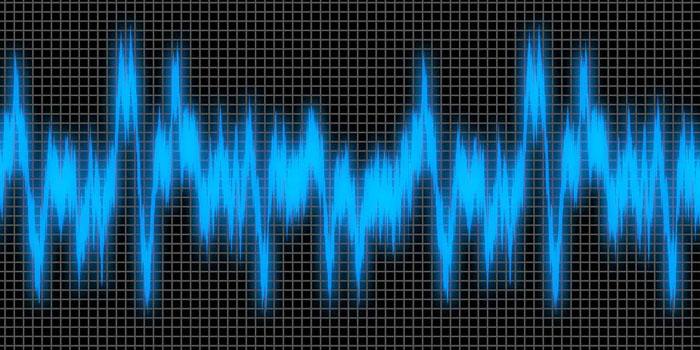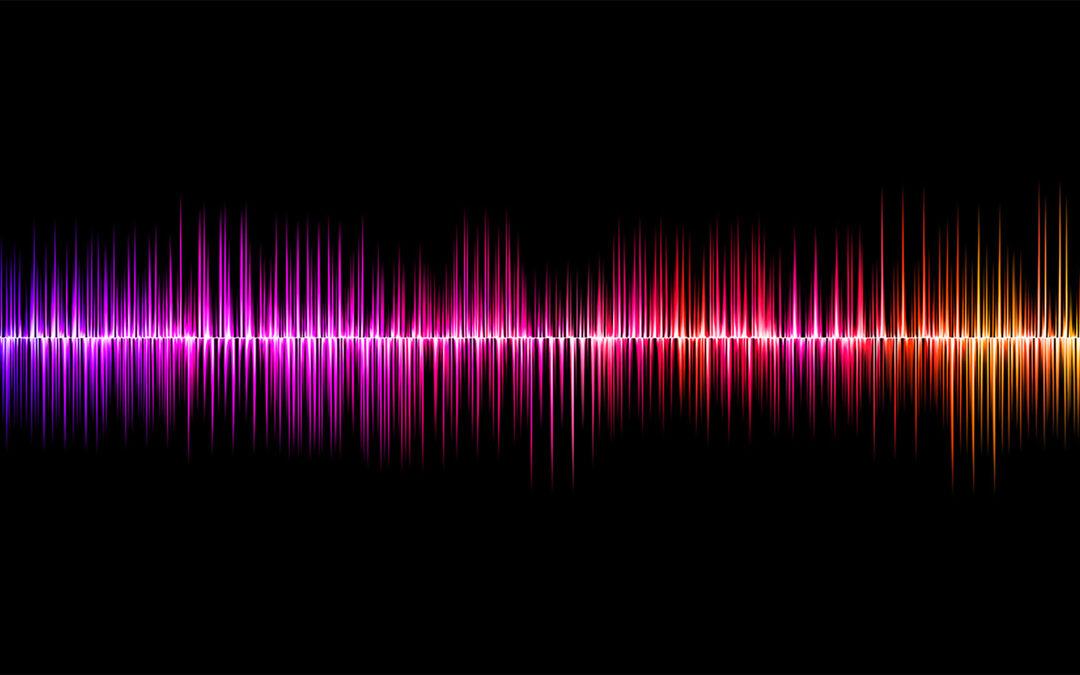Thanks to technological evolution, safer and faster identification systems are now available. Among these we find voice biometrics. In fact, it not only offers more security, but also a better user experience.
Traditional identification methods such as password and User ID are often subject to cyber attacks. The increase in increasingly sophisticated cyber threats has made traditional security measures inadequate. For this reason, companies are increasingly relying on alternative solutions based on biometric recognition.
Biometric voice recognition what is it?
Biometric recognition is based on a computer system characterized by sophisticated algorithms capable of identifying a person based on physical-biological characteristics. Specifically, voice biometric recognition identifies the person starting from the biometric characteristics of the voice.
Audiosomes: the basis of voice biometry
As a finger leaves a fingerprint, a sound also leaves a trace, which we can define as a “voice imprint“. It is made up of multiple audiosomes. They are the ones who make a sound or a voice one of a kind. In fact, the audiosome is the unique identifier that helps to compose the imprint of a vocal / sound audio. The set of audiosomes helps to create those biometric characteristics that are impossible to replicate and on which Audio Recognition is developed.
To arrive at the identification of sound, it is necessary to classify the particles that make it up. A learning of a neuronal model is then created on the basis of classified objects (audiosomes). This model creates an intelligent filter capable of capturing the relationship between the various audiosomes that create the audiome (vocal imprint).
Security and voice biometrics
Security solutions that rely on voice biometrics offer a higher level of security than traditional passwords and security questions. The human voice, in fact, like any sound, is characterized by the set of audiosomes that make it unique and impossible to replicate. The most advanced biometric systems are able to guarantee security even in the case of “artificial” systems created to reproduce the human voice.
Security based on traditional methods, on the other hand, is increasingly threatened by cyber attacks and scams. Furthermore, it is subject to the forgetfulness of the human being. Let’s think about how many times we have forgotten or lost a password. For years, man has had to adapt to the demands of technology, making the mental effort to remember dozens of passwords built in an increasingly complex way to make it difficult to break. Today, however, with biometric recognition, the identification process is faster and more user friendly.
Privacy and processing of sensitive data
The company that wants to make use of voice recognition must structure a rigorous protection mechanism. As indeed it would do for any sensitive data. The first advantage of this technology is that no sensitive information is connected to the voice imprint. The second is that no information is stored during the identification process.
The software responds positively or negatively to the question “Does this voice correspond to person X?”. To do this, you need to create a “voice bank” where the voice prints are associated with the identity of the owner. Obviously, a company that decides to use voice biometrics must first inform the people concerned with maximum transparency and receive free, prior and informed consent from them.
Regulations have already come into force to protect people’s privacy. An example is the PSD in force since 14 September 2019. In fact, it states that in sensitive cases and payment transactions, voice biometrics must be used in combination with other authentication methods.
Voice biometrics: some examples
The development of voice biometrics is only at the beginning and will probably have applications in the future that we do not even imagine today. At the current date, however, the uses made of it are different:
- In the financial sector to manage confidential transactions in complete safety
- In HR through biometric voice stamping instead of the traditional time stamps for attendance
- In customer care through chatbots that recognize what the customer says and offer assistance based on his requests
- Etc.
The Solutions of Pragma Etimos
We develop Audio Recognition software for the definition of “voice imprints” and the recognition of voices extracted from audio files regardless of source and quality. Our solutions are tailor-made to the customer and can be integrated with any technologies already in use.
MORE TO EXPLORE …

VOICE BIOMETRICS: 3 BENEFITS FOR CRIME PREVENTION AND INVESTIGATIVE ACTIVITIES
Voice biometrics is an increasingly used tool in the field of security for crime prevention and investigative activities. Each person’s voice has unique characteristics related to physiological qualities that define its frequencies. This is why it can be used for…

AUDIO RECOGNITION: ARTIFICIAL OR HUMAN INTELLIGENCE?
Audio Recognition is the science that makes it possible to have machines capable of identifying sounds of any type: people talking, dogs, planes, ambient sounds, etc. The role of Data and Human Intelligence in Audio Recognition We have defined Audio Recognition…

